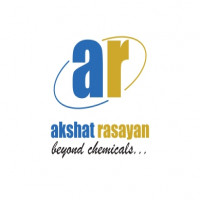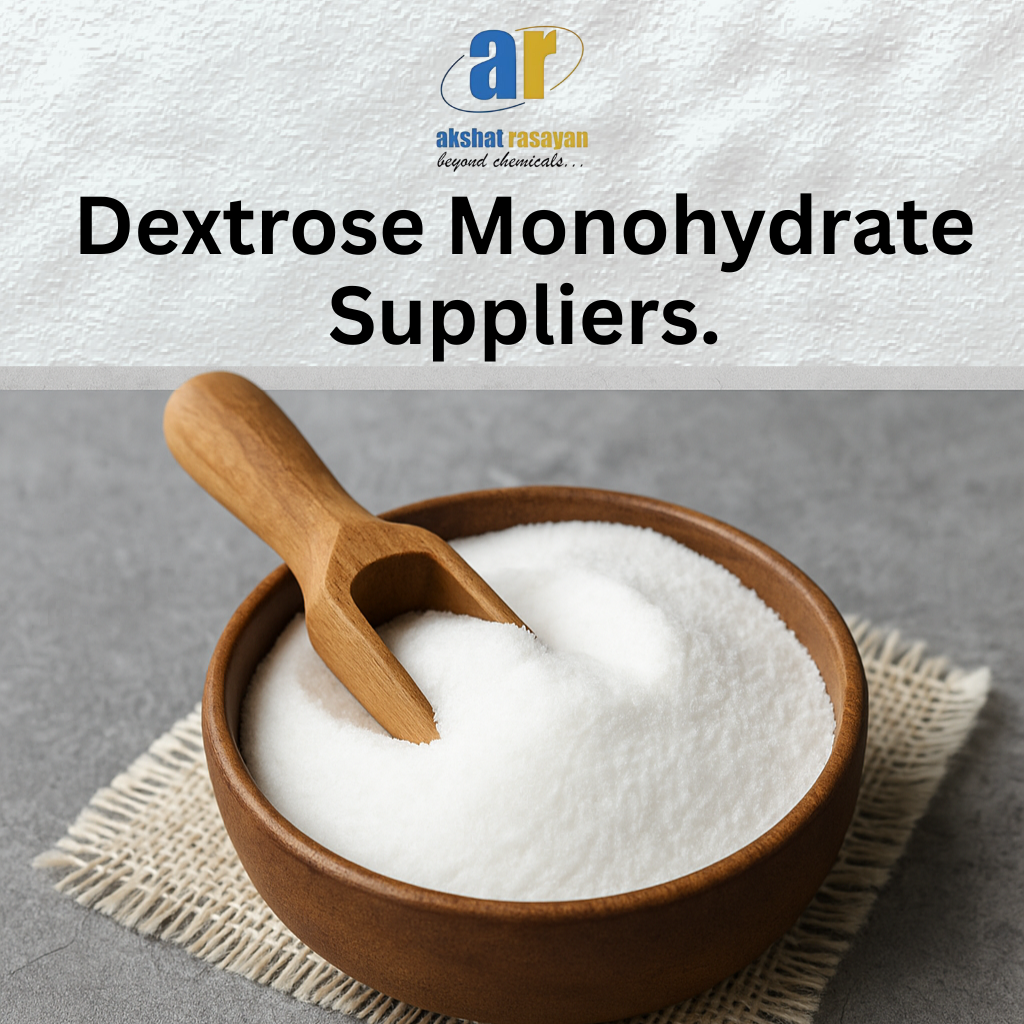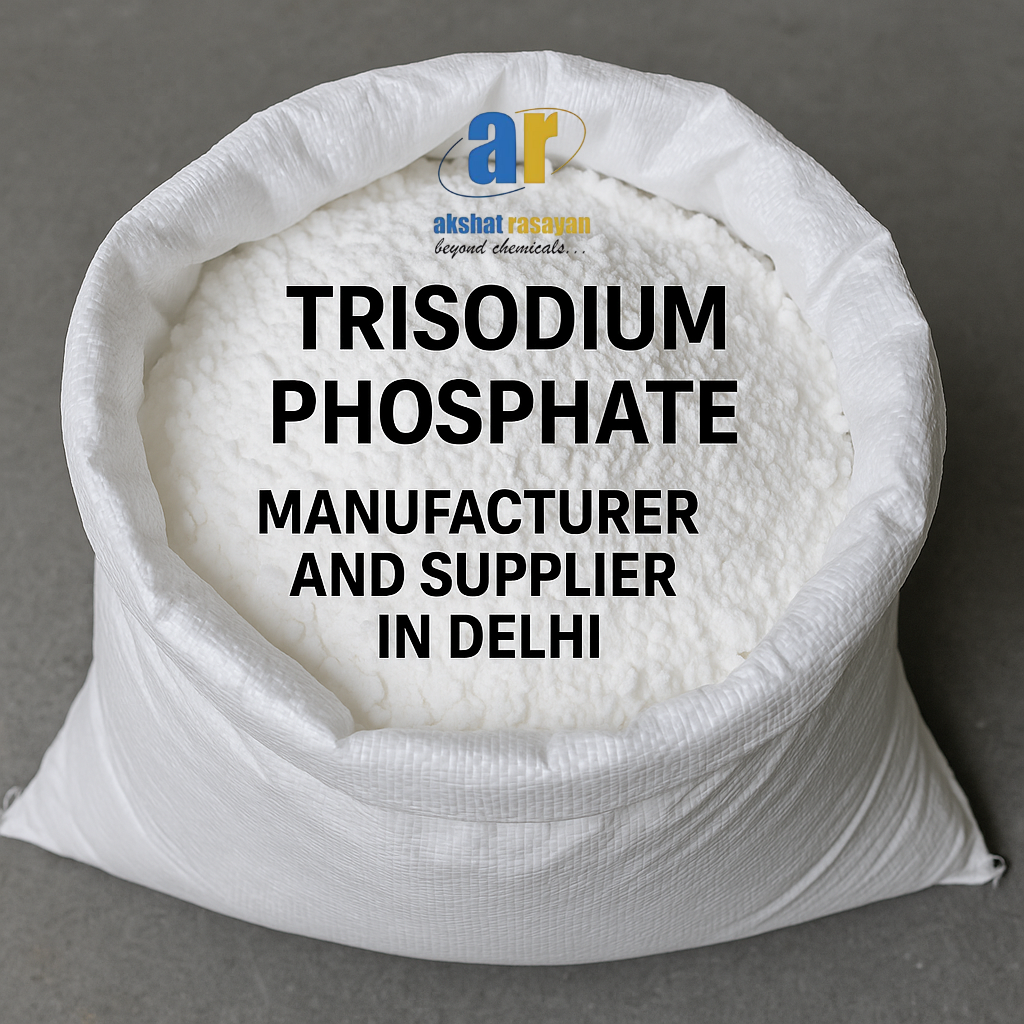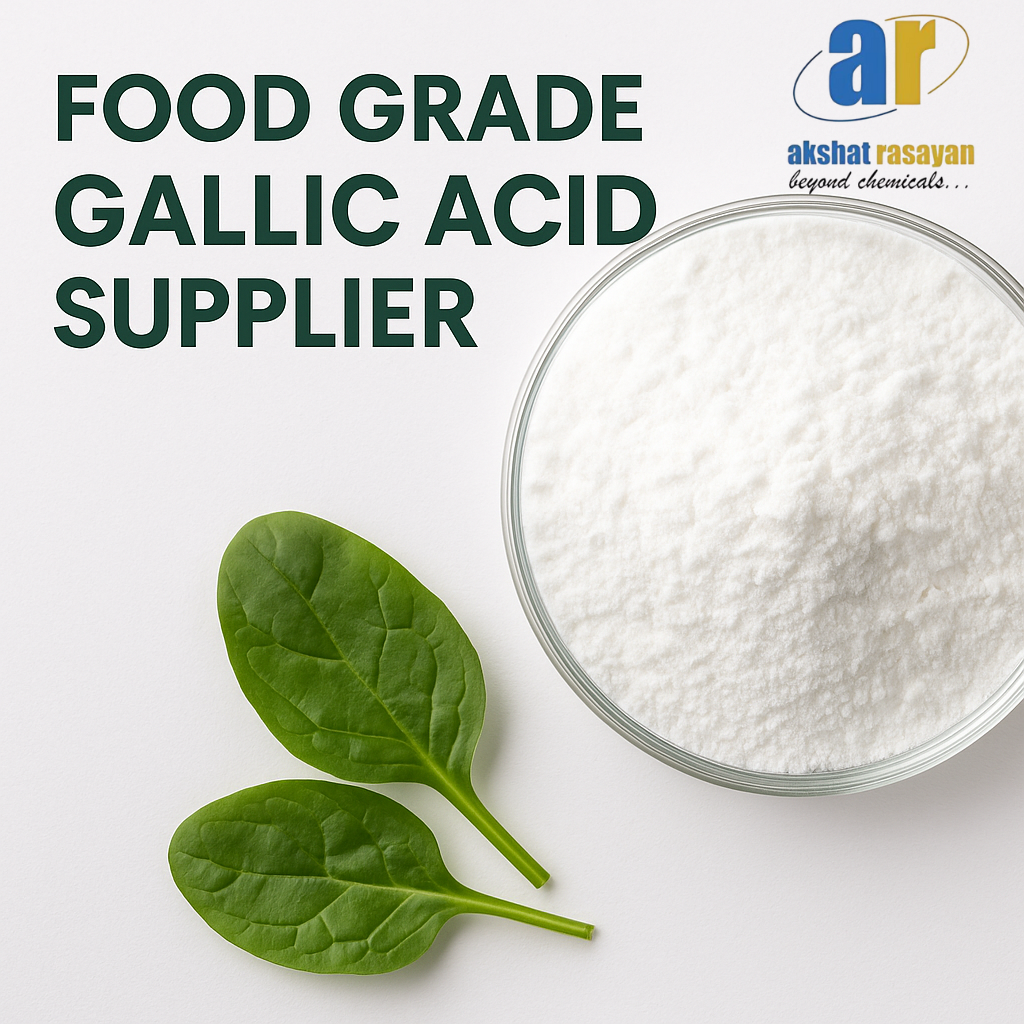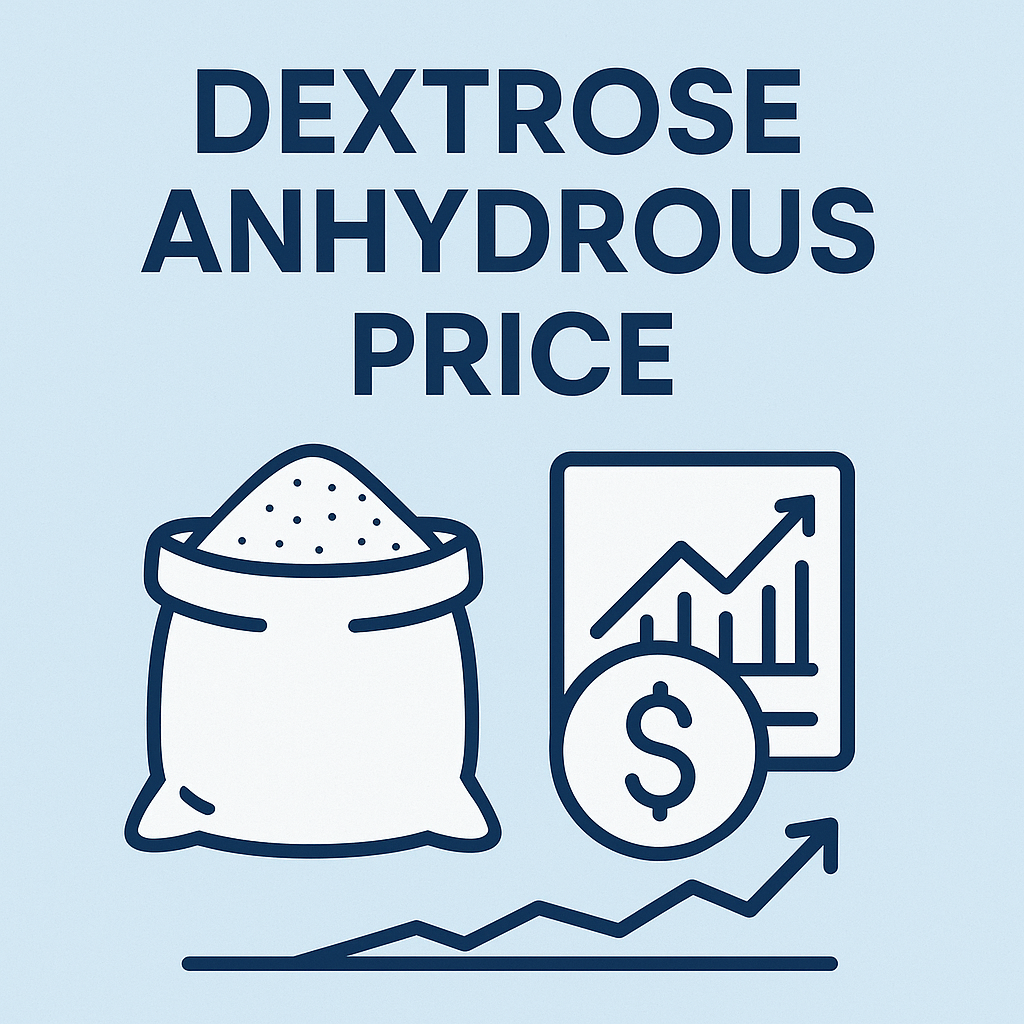Industrial Grade Sodium Gluconate: A Green Solution Powering Modern Industries
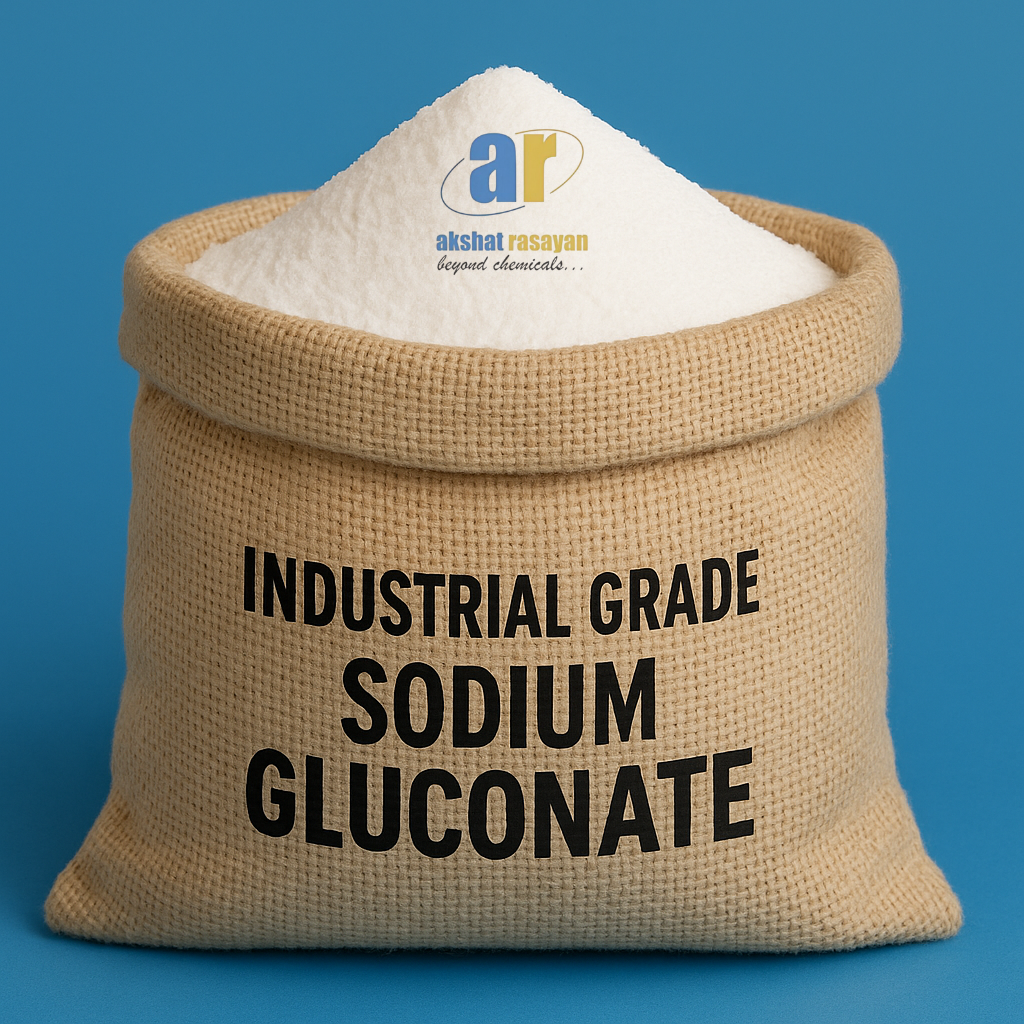
Strong 8k brings an ultra-HD IPTV experience to your living room and your pocket.
When we think of industries and their operations, we often imagine complex machines, raw materials, and loud factories. What we don’t usually see are the silent contributors — the chemicals that make everything run efficiently, cleanly, and sustainably. One such underrated hero is industrial grade sodium gluconate.
From construction sites to water treatment plants, from textile mills to cleaning products, sodium gluconate plays a pivotal role. In this blog post, we’ll explore what industrial grade sodium gluconate is, its properties, where it’s used, why it’s in demand, and what makes it such an important part of sustainable industrial practices.
What is Industrial Grade Sodium Gluconate?
Sodium gluconate is the sodium salt of gluconic acid. It is a white, crystalline, water-soluble powder known for being non-toxic, biodegradable, and environmentally safe.
The industrial grade of sodium gluconate is specifically manufactured for non-food applications where purity standards don’t have to match food-grade levels but where consistent performance and reliability are still crucial.
This chemical is prized for its excellent chelating properties — meaning it can effectively bind to metal ions like calcium, magnesium, and iron, preventing them from interfering in processes.
Key Properties of Industrial Grade Sodium Gluconate
Industrial sodium gluconate stands out due to its unique set of properties:
✅ Highly soluble in water
✅ Strong chelating ability
✅ Thermally stable
✅ Environmentally friendly and biodegradable
✅ Safe to handle and store
Thanks to these qualities, it has become indispensable to many industries looking for a safe yet effective chemical solution.
Major Industrial Uses of Sodium Gluconate
What makes sodium gluconate so versatile is how it can adapt to different industrial needs. Here are some of its most common applications:
1️⃣ Construction and Concrete Admixtures
In the construction industry, sodium gluconate is a preferred additive in concrete. It acts as a retarder, slowing down the setting time of cement. This allows workers more time to pour, level, and finish concrete, especially in hot weather where cement tends to set faster. It also improves the overall strength and workability of the concrete mix.
2️⃣ Water Treatment
Water treatment plants use sodium gluconate as a chelating agent to prevent scaling and corrosion in boilers, cooling towers, and piping systems. It binds to metal ions in the water, keeping equipment clean and running smoothly.
3️⃣ Industrial Cleaning
Thanks to its ability to bind with metals and dissolve scale, sodium gluconate is a key ingredient in heavy-duty industrial cleaners and degreasers. It helps remove rust, mineral deposits, and stubborn grime from machinery and surfaces.
4️⃣ Textile and Dyeing Industry
In textile manufacturing, sodium gluconate stabilizes dyes and prevents metal ions in water from altering colors during the dyeing process. This ensures fabrics have vibrant and uniform colors.
5️⃣ Electroplating and Metal Finishing
In electroplating processes, sodium gluconate helps achieve a smooth and even metal coating by controlling metal ions in the solution.
Why is it in High Demand?
In today’s environmentally-conscious world, industries are moving toward greener, more sustainable practices. Sodium gluconate, being biodegradable and non-toxic, fits this need perfectly. It provides excellent performance without the negative environmental impact of harsher chemicals.
Additionally, the ongoing construction boom, the growing water treatment industry, and the need for sustainable cleaning solutions are all driving demand for sodium gluconate.
- Benefits of Using Industrial-Grade Sodium Gluconate
- Eco-friendly and safe for the environment
- Cost-effective compared to alternatives
- Versatile across industries
- Improves efficiency and quality of processes
- Reduces downtime due to scaling and corrosion in equipment
Its ability to solve multiple problems while remaining environmentally responsible makes it a smart choice for modern industries.
Final Thoughts
Industrial grade sodium gluconate might not grab headlines, but its importance cannot be overstated. It’s one of those unsung heroes working quietly in the background — keeping our buildings stronger, our water cleaner, our textiles brighter, and our machines running longer.
For industries striving to balance efficiency, cost-effectiveness, and environmental responsibility, sodium gluconate is a natural fit. Its versatility and green credentials have earned it a well-deserved place in factories, plants, and construction sites across the world.
So, the next time you see a gleaming metal finish, a flawless concrete structure, or vibrant fabrics, remember — there’s a good chance sodium gluconate played a part in making it possible.
Note: IndiBlogHub features both user-submitted and editorial content. We do not verify third-party contributions. Read our Disclaimer and Privacy Policyfor details.

